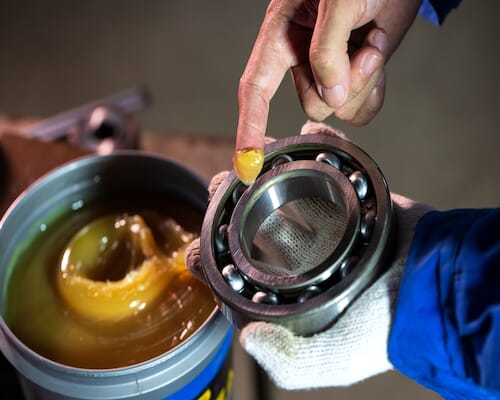
Reasons Why Air Compressors Fail
March 22, 2023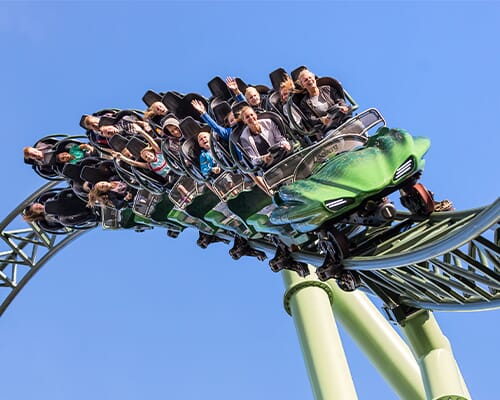
Industrial Air Compressor Applications
April 5, 2023Compressor Room Design
Kaishan USA | March 29, 2023 | Uncategorized
One of the most important factors in operating a compressed air system is the proper layout and design of the air compressor room.
Doing the job right optimizes the performance of the entire system, including:
-
-
- Air compressor efficiency
- Safety
- Quality of the compressed air
- The life of the equipment
- ROI
-
Designing the system properly requires careful planning and implementation in five key areas: location, clearances, ventilation, intake air and auxiliary equipment. Let’s take a look at each of these areas.
1. Location
Outside
In more moderate climates, like the southwestern states of the U.S., it’s certainly possible to locate an air compressor outside.
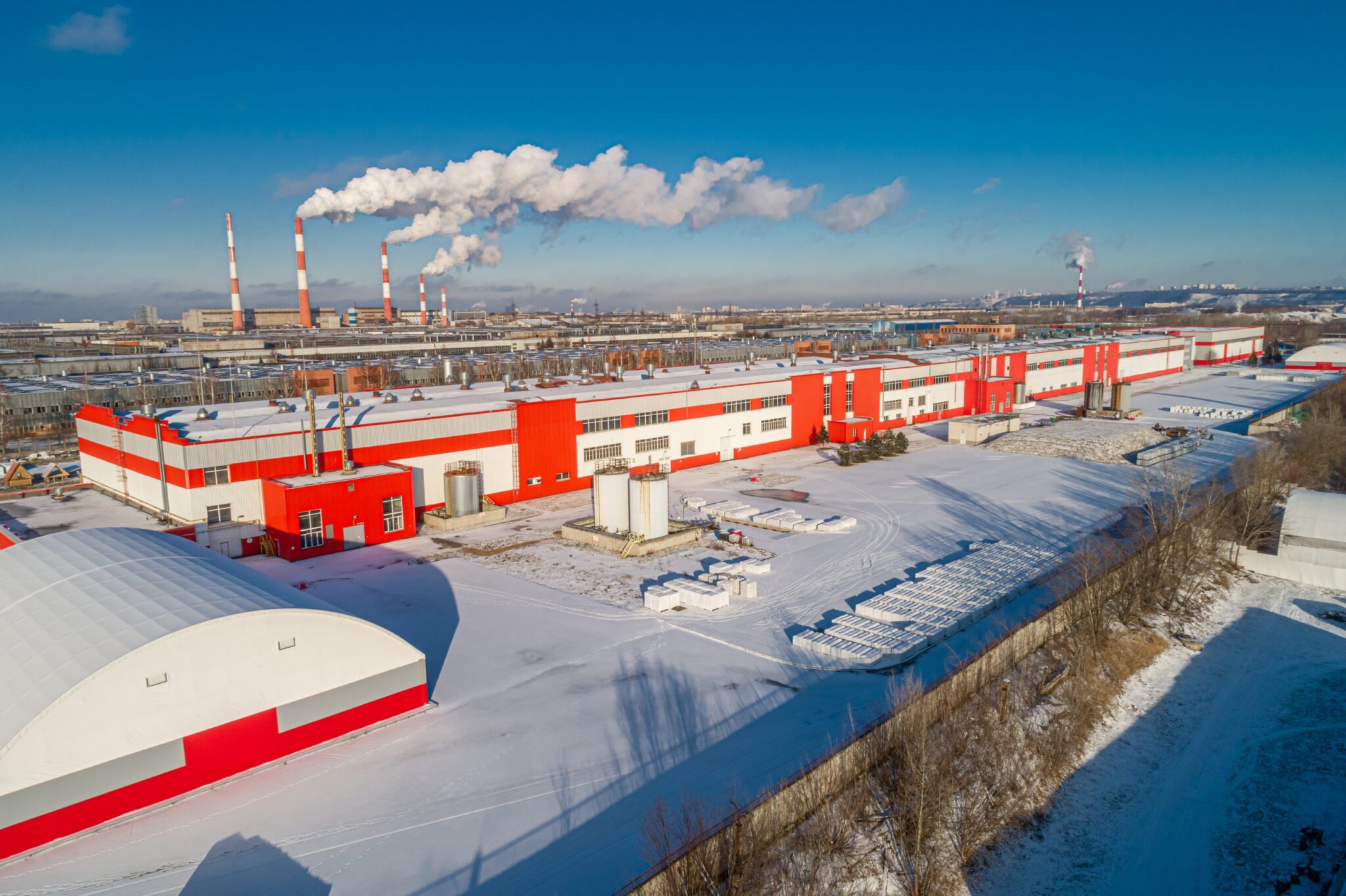
Air compressors can be located outside, but they will need to have special protection from colder temperatures.
We recommend that you protect an outside compressor from ultraviolet light, rain, snow and temperature extremes—below 32°F and above 122°F. For temperatures below 45°F, you will need to take some steps described in our recent blog, “Using an Air Compressor in Cold Weather," including purchasing a low-ambient compressor.
Shelter your outdoor compressor from the prevailing winds, avoiding exposure to morning and afternoon sun, if possible. In addition, you’ll want to ensure that a low roof doesn’t trap hot air, allowing the compressor to recirculate it.
Most companies locate their air compressors inside, however.
Inside
The ideal situation for an air compressor is an enclosure of its own, placed in a dry, well-lit, cool and dust-free compressor room. Locating the unit centrally, as closely as possible to the tools it’s intended to service, reduces the amount of piping required, It also eliminates many leaks and pressure drops that sometimes occur in long piping runs.
Because an air compressor runs hot, it should not be in the same room as any device, like a boiler, that also generates heat.
While some types of compressors require special foundations, most rotary screw air compressors do not. They can be installed directly onto a level concrete floor that can accommodate the weight of the compressor.

You’ll want to have enough space around your air compressor that it’s easy to operate and maintain your equipment.
2. Clearances
To allow adequate spacing for operation and maintenance, you should place your compressor at least three feet away from walls or other equipment.
You can place more than one compressor in the room, but you’ll want to make sure one compressor is not blowing exhaust air onto another.
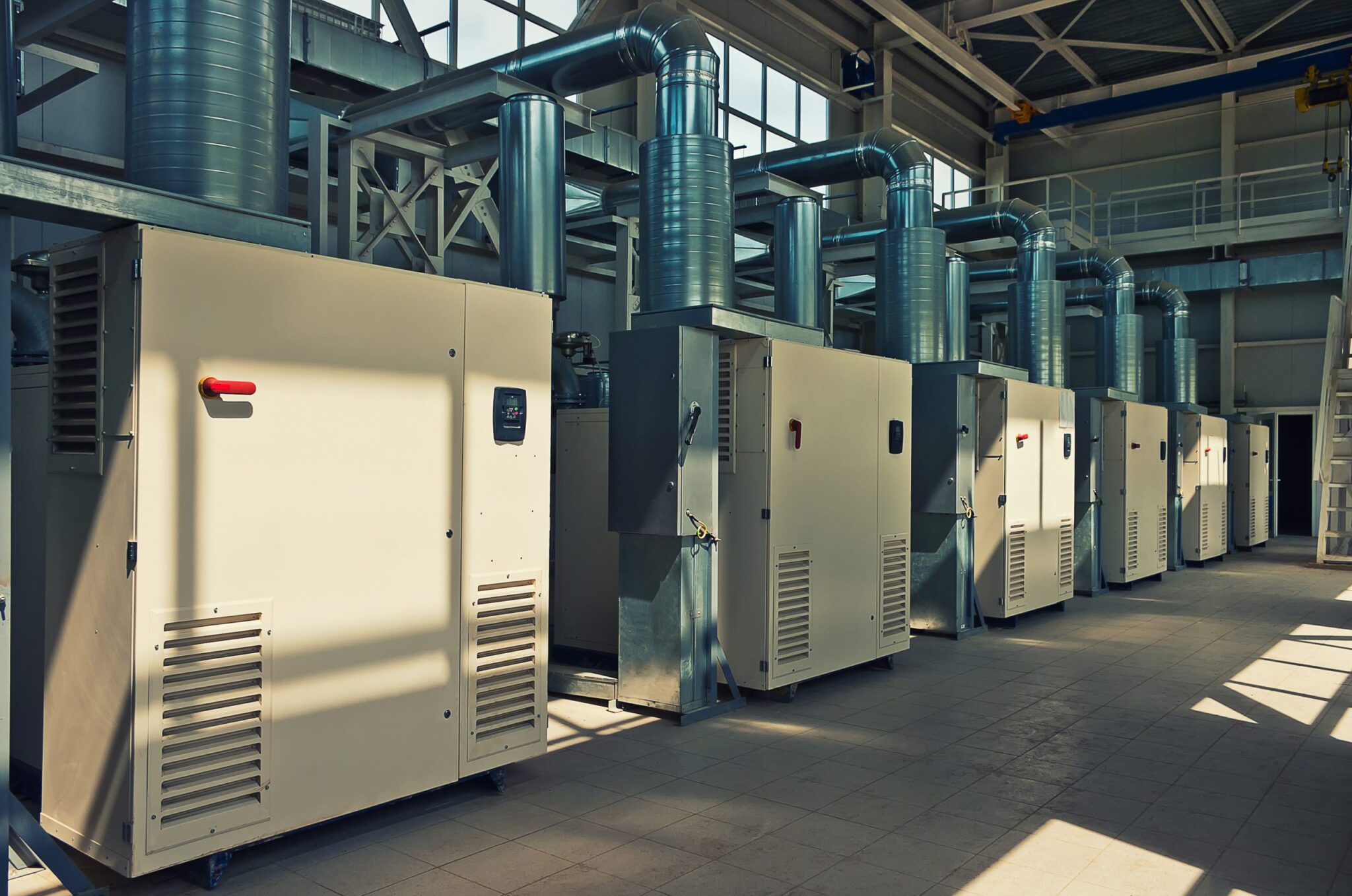
You can have more than one compressor in a room, but they need to be spaced appropriately.
3. Ventilation
Because air compressors generate so much heat, ventilation is one of the most critical considerations for the operation and longevity of your compressed air equipment. The goal is to ensure all that heat generated during compression is removed and does not recirculate back into the room.
The combination of air compressors and dryers generates a lot of heat. Compressors alone produce 17,522 BTU/hour for every 1 HP. And don’t forget to include compressed air dryers in your calculations of ventilation requirements.
Be sure to follow your manufacturer’s requirements, too. Generally, you’ll be able to meet the needs of air compressors 25 HP or smaller with natural ventilation. However, larger compressors (or smaller compressor houses) will need forced ventilation.
And, if you have more than one compressor in the enclosure, you’ll want to add the ventilation requirements together to determine the total ventilation needed. So that two 100 HP compressors will require the same ventilation as one 200 HP compressor since the heat generated will be the same. An alternative is to give each compressor its own air intake.
4. Intake Air
Most air compressors take in air on the side and expel exhaust air out the top. You’ll want to ensure your intake air is as clean and cool as possible to make less work for your compressors.
You should install adjustable louvers on the air intake and the exhaust outlet to keep cold air out when the system is not operating or running on low load. We often recommend thermostatic controls for the louvers.
And don’t be tempted to undersize your ductwork. Doing so will overwork your cooler fans and force your compressor to work at a higher operating temperature, shortening the operating life of both. That’s definitely pennywise and pound-foolish.
Ductwork should have dampers to accommodate seasonal changes and allow heat to be recovered if desired. For ease of maintenance, you’ll want to be sure that it’s easy to remove the ductwork.
5. Auxiliary Equipment
Remember, your compressed air system includes more than your air compressor. You’ll also need to determine the best location for cooling equipment, pumps, fans and piping.
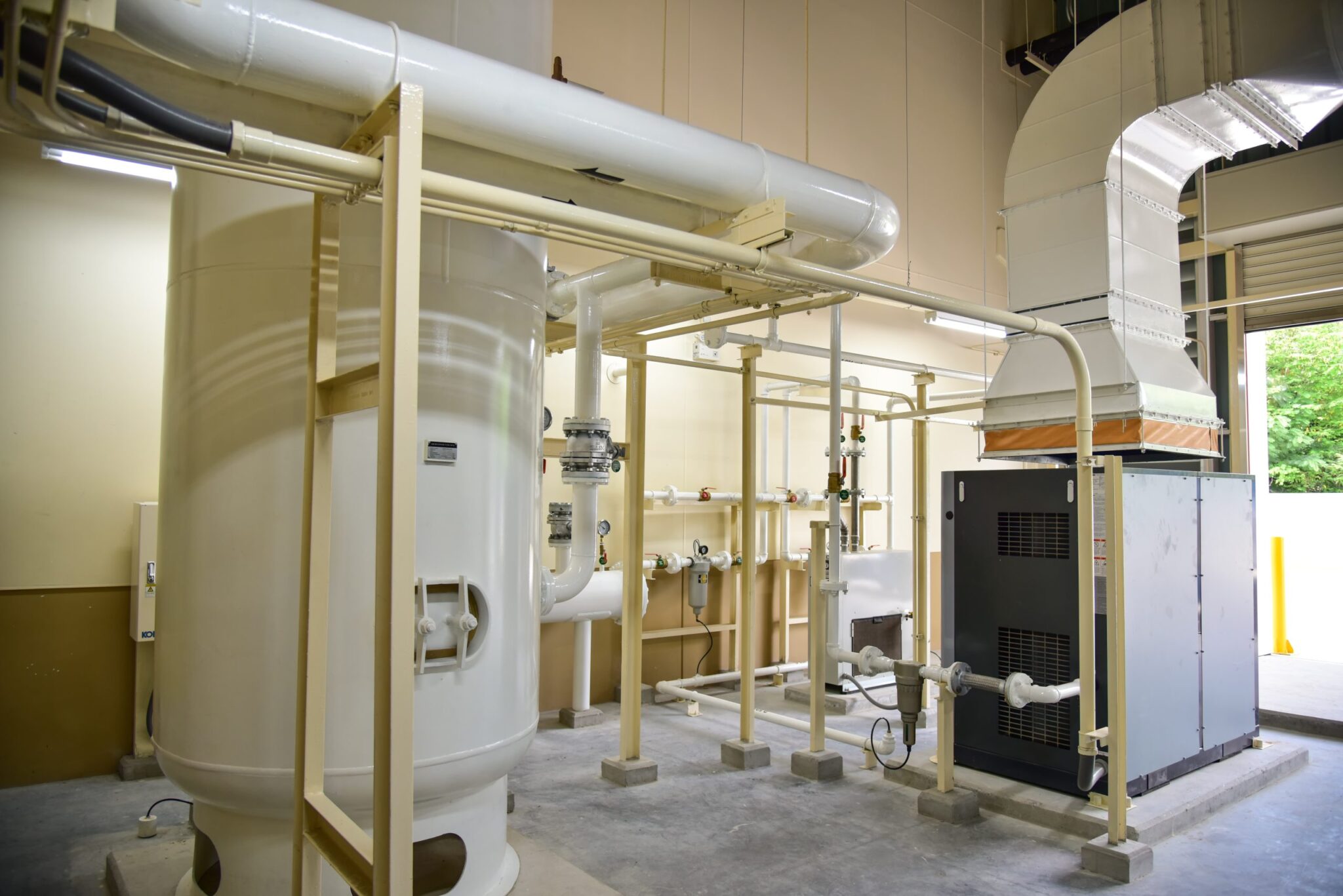
A compressor room also needs to accommodate more than just your air compressor. You’ll also need to find space for cooling equipment, pumps, fans and piping.
Getting It Right
There are a lot of factors that go into the proper layout and design of a compressor room. And the stakes are high. Poor design decisions could sacrifice efficiency. Compromise employee safety. Undermine the quality of your compressed air. Shorten the life of your equipment. And result in a poor return on your air compressor investment.
That’s why we strongly recommend that our customers work with a qualified air compressor professional to design an effective compressor room layout.
Kaishan is fortunate to work with a nationwide network of independent distributors, who can provide on-site help and consultation as needed in helping you design the right layout for your air compressor room. These factory-trained air compression experts have an investment in their local communities and can help you optimize your air compressor system to meet your needs.
Key Takeaways
-
- One of the most important factors in operating a compressed air system is the proper layout and design of the air compressor room
- Poor design decisions could sacrifice efficiency, compromise employee safety, undermine the quality of your compressed air, shorten the life of your equipment and result in a poor return on your air compressor investment
- Designing the system properly requires careful planning and implementation in five key areas: location, clearances, ventilation, intake air and auxiliary equipment
- We strongly recommend that our customers work with a qualified air compressor professional to design an effective compressor room layout
Get Help from the Experts
Need help designing a good layout for your compressor room? Get in touch with the experts at Kaishan. Contact us today.
Random stat or
customer quote
textXXtext
text
One of the most important factors in operating a compressed air system is the proper layout and design of the air compressor room.

